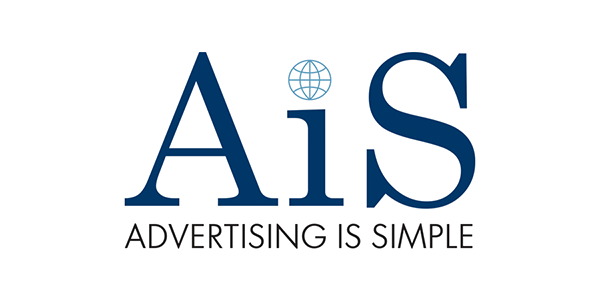How Website Accessibility Can Label Your Brand as Inclusive
How Website Accessibility Can Label Your Brand as Inclusive

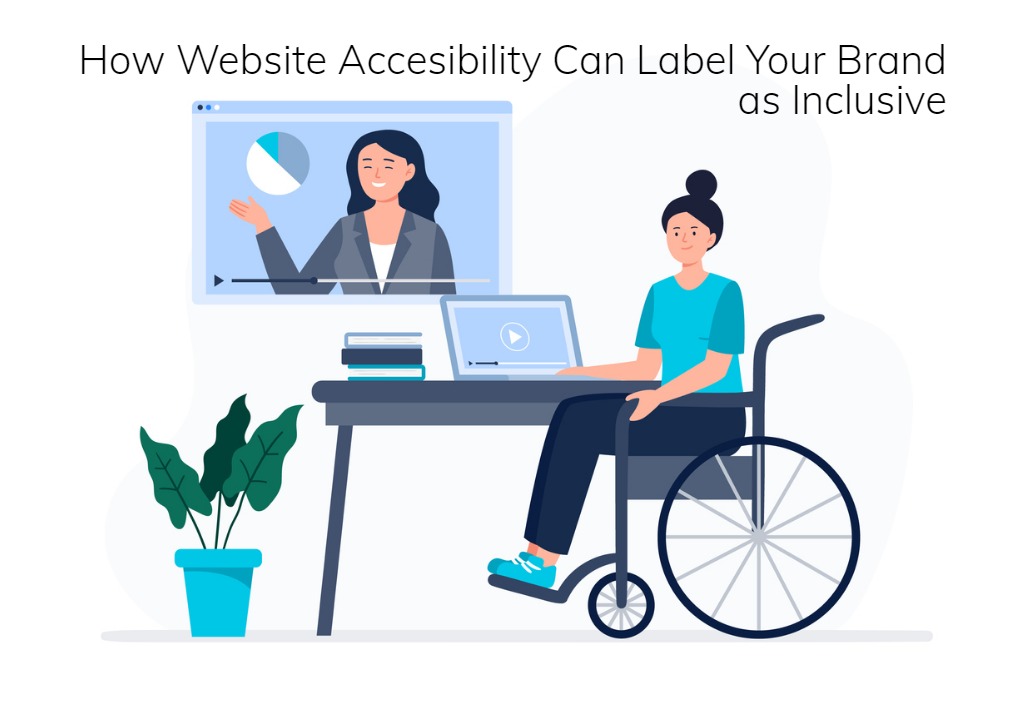
How Website Accessibility Can Label Your Brand as Inclusive

In today’s increasingly over-crowded online marketplace, the key to cultivating customer loyalty is to consistently follow an effective digital marketing plan – something most companies still fail to do. Customer satisfaction should be front and center for every business. However, for a small business, it is crucial. Making customer service a top priority can make you …
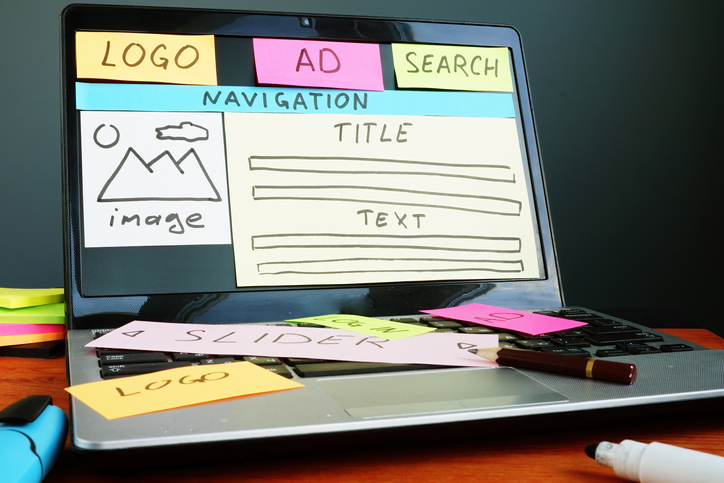
Your business website is your most valuable online resource. A well-designed website with quality content is a must these days as it’s a necessary base to any digital marketing plan. Since it is your most valuable asset, it’s essential to create a well rounded marketing strategy that points any traffic back to your main domain, whether …
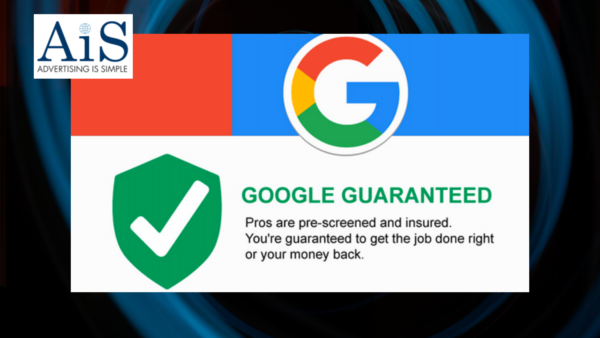
Back in April 2019, Google tested a subscription-based service for a monthly fee known as Google Guarantee. Such certification means your Google My Business profile gets an upgrade, which is supposed to make it easier for customers to choose your company over others when they’re conducting an online search. The Google Guaranteed badge is available …
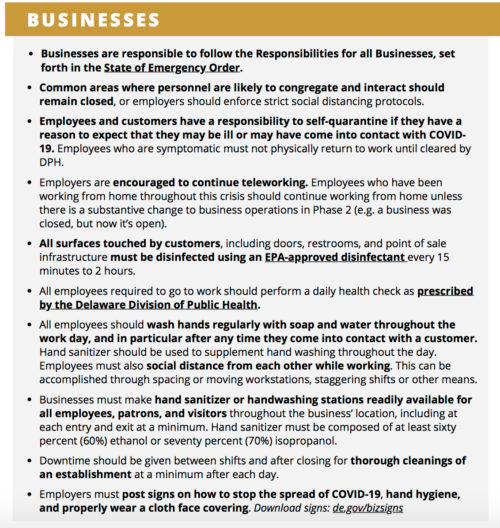
As of June 15th, state of Delaware officially entered the Phase 2 of the economic reopening. As the gradual recovery from COVID-19 continues, it doesn’t mean that our job stops right there. While our local businesses can operate now at greater capacity, child care centers can reopen and summer camps can resume, we are still required …
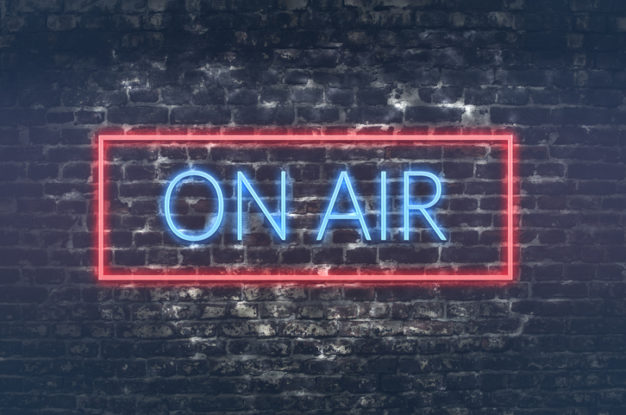
Timing is an important factor when considering how to market your business. While COVID-19 and the national lockdown forced a lot of small businesses to close down, we can’t help but think how the traditional advertising is still a force to be reckoned with. Here’s why. Radio Advertising If you’re looking to reach a local audience …

Successful marketing is all about three things: the right message, your target audience and good timing. When those essential elements meet, you are in a better position to generate demand for your products and services. Since there are many digital marketing strategies you can tap into these days, it’s crucial to know your buyer persona first. …

If you’re a business owner who is currently trying to figure out how to survive amid the spread of COVID-19, we’re here for you. As you probably already know, the U.S. Government put together the Cares Act that is offering solutions and small business loans to help navigate these difficult times. To help you better …

In just a few short weeks, social distancing and flattening the curve appeared in our daily vocabulary and Covid-19 forced us to adjust to a new normal. While those surely unprecedented times seem to bring a lot of unknowns across the board, there are certain things you can do now to help your business and …

When discussing your digital marketing strategy, we can’t forget about all the other basic business elements that will contribute to your plan of action. Understanding your “why”, having a polished elevator pitch, defining your buyer persona and knowing your competitive advantage are crucial concepts to take into consideration before implementing your digital strategy. According to …

Looking to find more customers for your service-area business? Google is making it easier now for businesses that service a particular area to get discovered by consumers searching for services like theirs online in Google Maps and Search. Does your business serve customers within a specific service area? If the answer is yes, you should …

Over the years, LinkedIn has become a resourceful platform not only for individuals looking for work but also for businesses trying to market their brand. Since this specific medium has always been rooted in networking, its marketing potential turns out to be so valuable these days. Is your company actively present on LinkedIn? There are …

If you own a business, you probably already understand how an established online presence can benefit your brand. Social media is not only a free tool for marketers and business owners that can be utilized to bring more brand awareness, but it can also be a vital element of any advertising efforts. Do you want …

One of the greatest things about marketing these days is that you can start promoting your business using free tools. You surely already know of the power of Google, but have you reaped the benefits of using Google My Business yet? If you’re looking to bring more exposure to your local business, one way to …
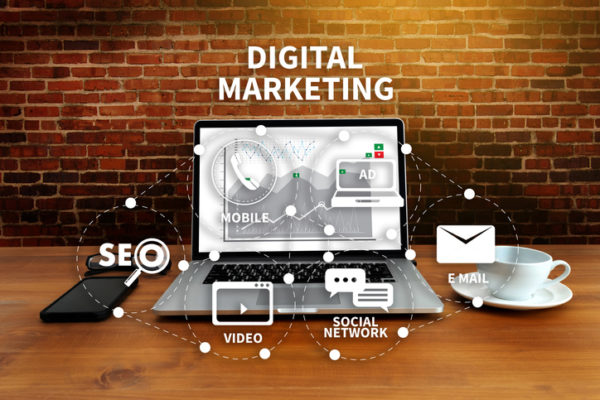
Did you know that every day Google notes about 40,000 search queries per second? According to another statistic, active shoppers do at least one search a day. This means customers these days are curious and research driven. The questions you should be asking yourself now is whether your business digital marketing strategy helps you reach …
